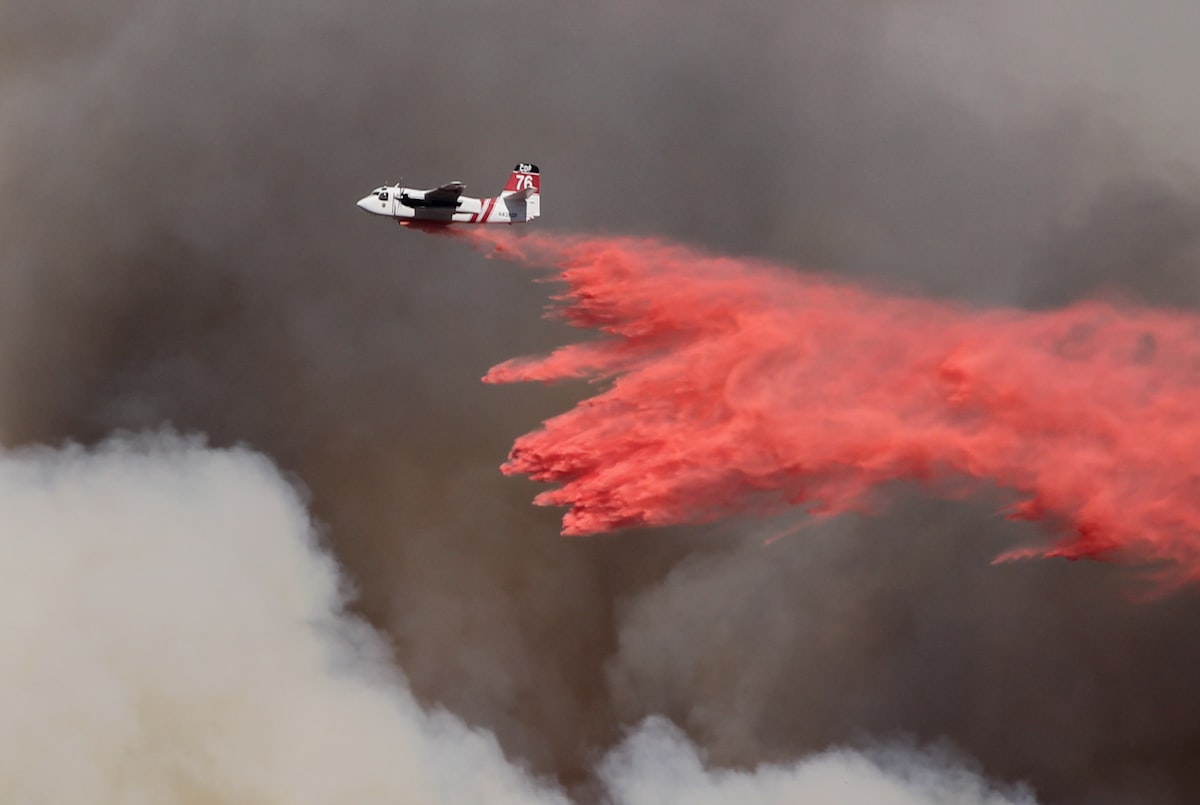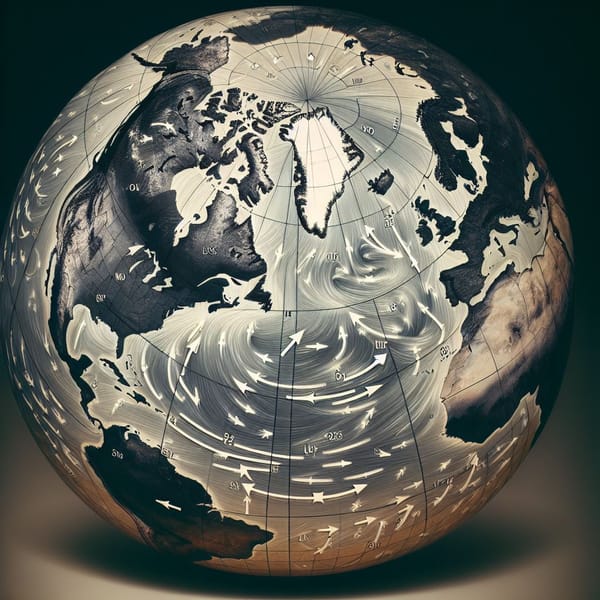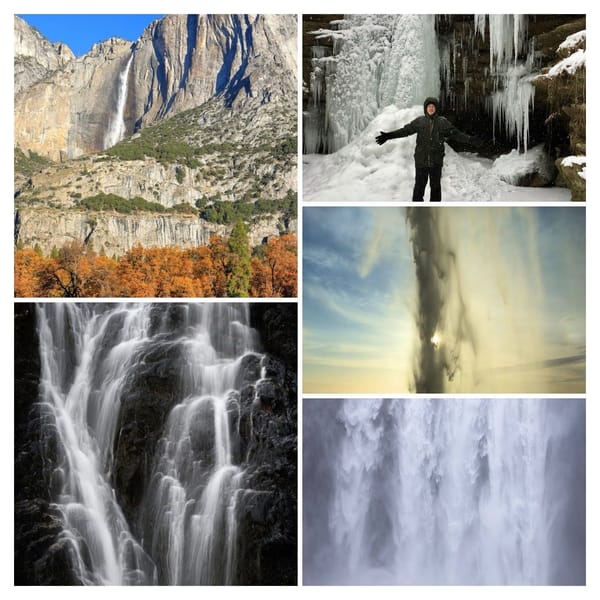This Day in Weather History ~ May 9th 2016 ~ The Fort McMurray Wildfire
The Devastating 2016 Fort McMurray Wildfire Engulfed Alberta, Canada, Prompting Mass Evacuation

The Fort McMurray wildfire began on May 9 in Alberta, Canada. This is one of the most devastating wildfires in Canadian history. A fire started southwest of Fort McMurray, a city in the province's northeast.
Despite not knowing the exact cause of the wildfire, it is believed to have been started by a discarded cigarette or unattended campfire. The fire spread rapidly due to the dry, windy conditions in the area.
As a result of strong winds and dry vegetation, the Fort McMurray wildfire quickly grew in size and intensity; forests, residential neighbourhoods, and businesses were destroyed.
Due to the advancing flames, a mandatory evacuation order was issued. More than 80,000 residents fled their homes in search of safety in nearby towns and cities. Highways were crowded as people left the area during the evacuation process, which was challenging and chaotic.
The dry conditions and the abundance of trees fuelled the rapid spread of the wildfire. The fire overwhelmed firefighters' efforts to contain it, causing widespread destruction. Approximately 2,400 homes were destroyed in the fire, destroying entire neighbourhoods.
Thousands of firefighters and members of the Canadian Armed Forces were mobilized in a desperate measure to contain the fire.
It took more than two months for the wildfire to be controlled. Five hundred and ninety thousand hectares (1.5 million acres) of land had been destroyed by the time it was finally put out in early July.
Although the fire caused extensive property damage, no direct fatalities were reported. There was, however, a significant psychological and emotional toll on the affected residents after their homes and belongings were lost.
Wildfires like the one in Fort McMurray serve as a powerful reminder of the destructive power of wildfires and the importance of preparedness, fire prevention measures, and efficient emergency response systems.





